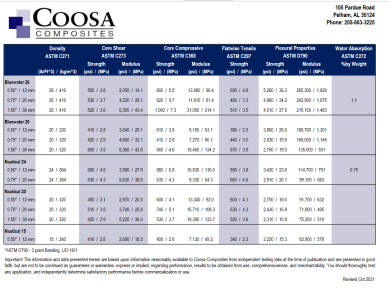CatchAll
Member
I'm doing the transom on my 1995 campion explorer 185. Is it really worth it to use coosa board? Other than coosa's water resistance, is there any other advantage (strength, ease of use, etc)? I asked a couple of fiberglass guys and they say coosa is a no brainer because it doesn't rot and will last forever. On the other hand, the factor plywood lasted 28 years and if the factory would have sealed the plywood ends under the transom cap it could have lasted a lot longer.

